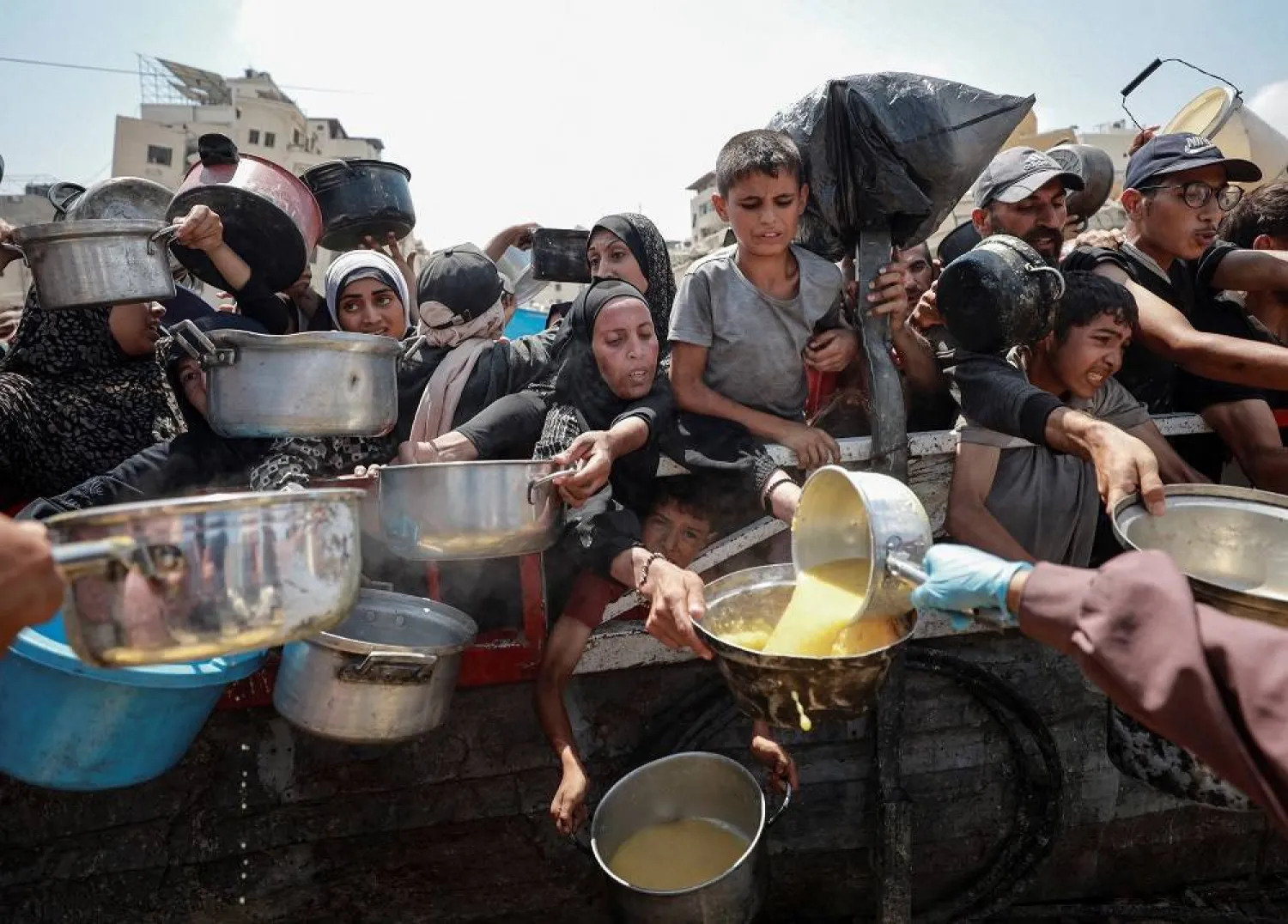Sudan has experienced a whirlwind of change since its popular revolution kicked off two years ago, bringing an end to the three-decade reign of strongman Omar al-Bashir.
But experts warn the country is now at a critical juncture as tensions have flared between the military and civilian leaders who share power in a fragile transitional government.
"A rupture between civilians and the military is a constant risk," said Rebecca Hamilton, associate professor at American University's Washington College of Law, urging a "surge" of international support for the civilian side.
Former protest activists like 28-year-old Randa Ahmad are watching events with fear, but refuse to give up hope.
"Two years after the start of the revolution we are of course disappointed," she told AFP.
"We took to the streets because we wanted reform of an economy that was strangling us, and for the regime's criminals to face justice. This is still not the case and I'm suffering as a result."
But the pace of change has, in some respects, been dizzying since the youth-led movement started protesting on December 19, 2018 for greater freedoms and an end to Sudan's international isolation.
Bashir was ousted by the army in April 2019, and the new authorities have since put him on trial over the Islamist-backed coup that first brought him to power.
They have cooperated with the International Criminal Court, which wants to try him on charges of genocide, war crimes, and crimes against humanity over the conflict in the western region of Darfur.
The transitional government -- established in August 2019, four months after Bashir was deposed -- has struck peace deals with rebel groups.
It has also, under US pressure, agreed in principle to diplomatically recognize long-time enemy Israel.
And the US on Monday removed Sudan from its list of state sponsors of terrorism, a designation dating from the times when Bashir hosted Osama Bin Laden and other militants.
- 'Lack of trust' -
The delisting should help bring badly-needed foreign aid, debt relief, and investment to one of the world's poorest countries.
But at the same time, an economic crisis with skyrocketing inflation, exacerbated by the global coronavirus pandemic, is bringing yet more pain to the country of over 40 million.
The protests that began two years ago, sparked by high bread prices, were initially centered in the city of Atbara, around 300 kilometers (190 miles) northeast of Khartoum.
Long a hotbed of labor activism, Atbara is where previous revolts started in 1964 and 1985, respectively bringing down dictators Ibrahim Abboud and Jaafar Nimeiri.
Ahmad Khadra, one of the leaders of the Forces for Freedom and Change, the driving force behind the revolution, bemoaned the shortcomings since 2018.
But he is not giving up hope.
"It's true the government structure is not complete ... and the establishment of peace with the guerrilla movements in Darfur, South Kordofan, and Blue Nile is slow," he said.
"But it is moving forward anyway and the economy will improve with the end of the ban" by Washington.
Khadra said his greatest concern was discord between the cabinet led by Prime Minister Abdalla Hamdok and the military, headed by army chief General Abdel Fattah al-Burhan.
"There is a lack of real trust which hinders the implementation of the agreement between them," he said.
- 'We will overcome' -
Hamdok this week criticised the security sector's "unacceptable" control over a vast array of companies in gold, rubber, flour, and other key sectors.
Burhan, who also chairs the Sovereign Council, Sudan's highest executive body, earlier accused the transitional institutions of deepening the people's "suffering".
"A year after its creation, I say that the transitional council has failed to respond to the aspirations of the people and of the revolution," the general charged.
The military, he pledged, would "remain the first force in defending the people, protect their achievements and work to protect the glorious revolution".
"Sudan is at a critical juncture," Rosemary DiCarlo, under-secretary-general for political and peace-building affairs, told a recent UN Security Council briefing, urging stepped-up support for the country.
"It can move forward decisively in its transition. But that process can still be derailed by the many challenges it faces."
Eric Reeves, a researcher at the Rift Valley Institute, fears a government rupture or even a coup is "an increasingly likely outcome".
The risk would increase early next year, he said, "as we approach the date on which the civilians on the Sovereign Council take over the chairmanship.
"For the interim, the military will continue to exert or claim more and more executive power."
Randa Ahmad, the activist, said she held on to the hope that change for the better is irreversible.
"Despite everything, I believe in the success of our revolution," she said. "We will overcome all the difficulties and we will have a democratically elected civilian government."







